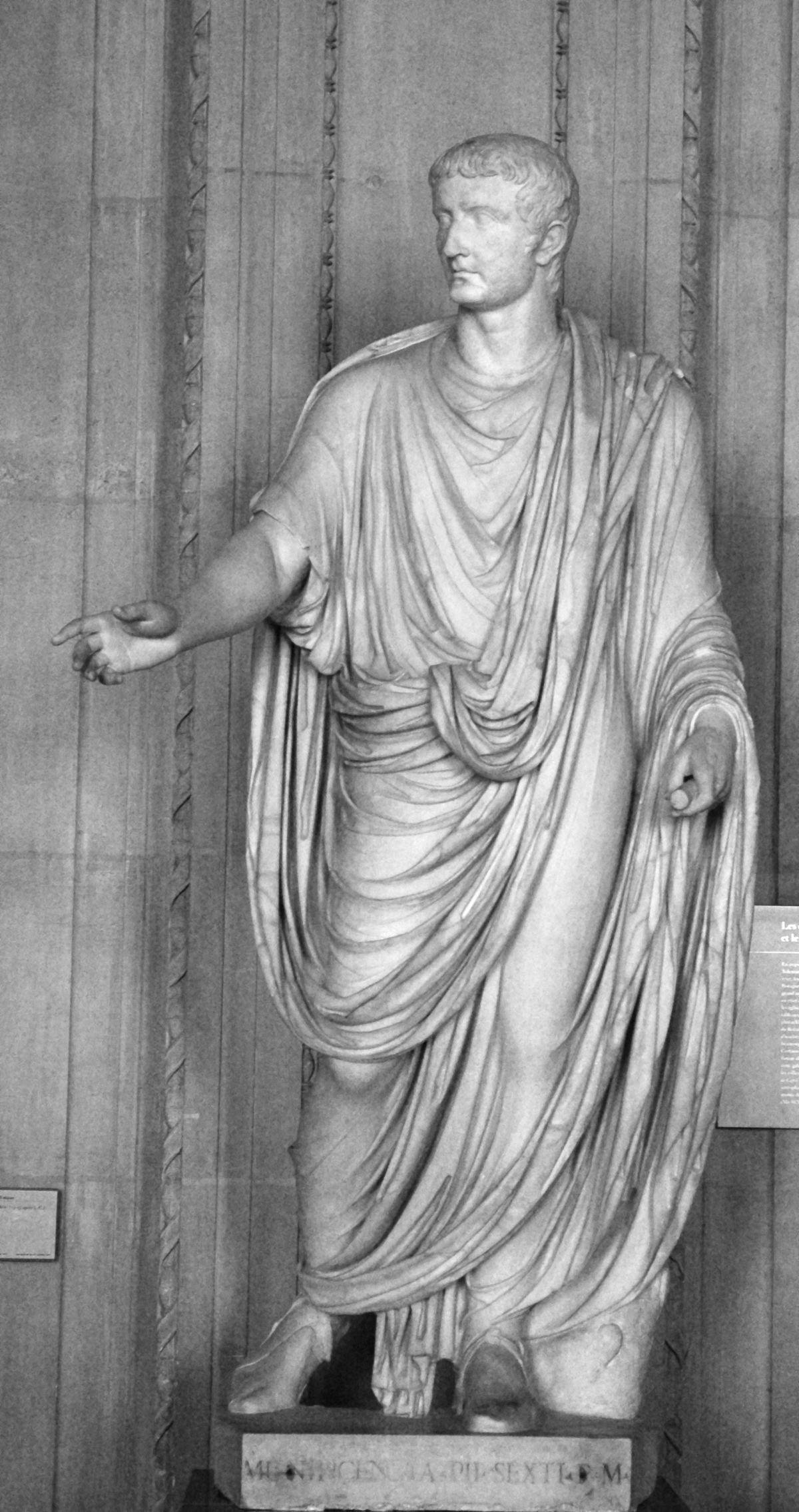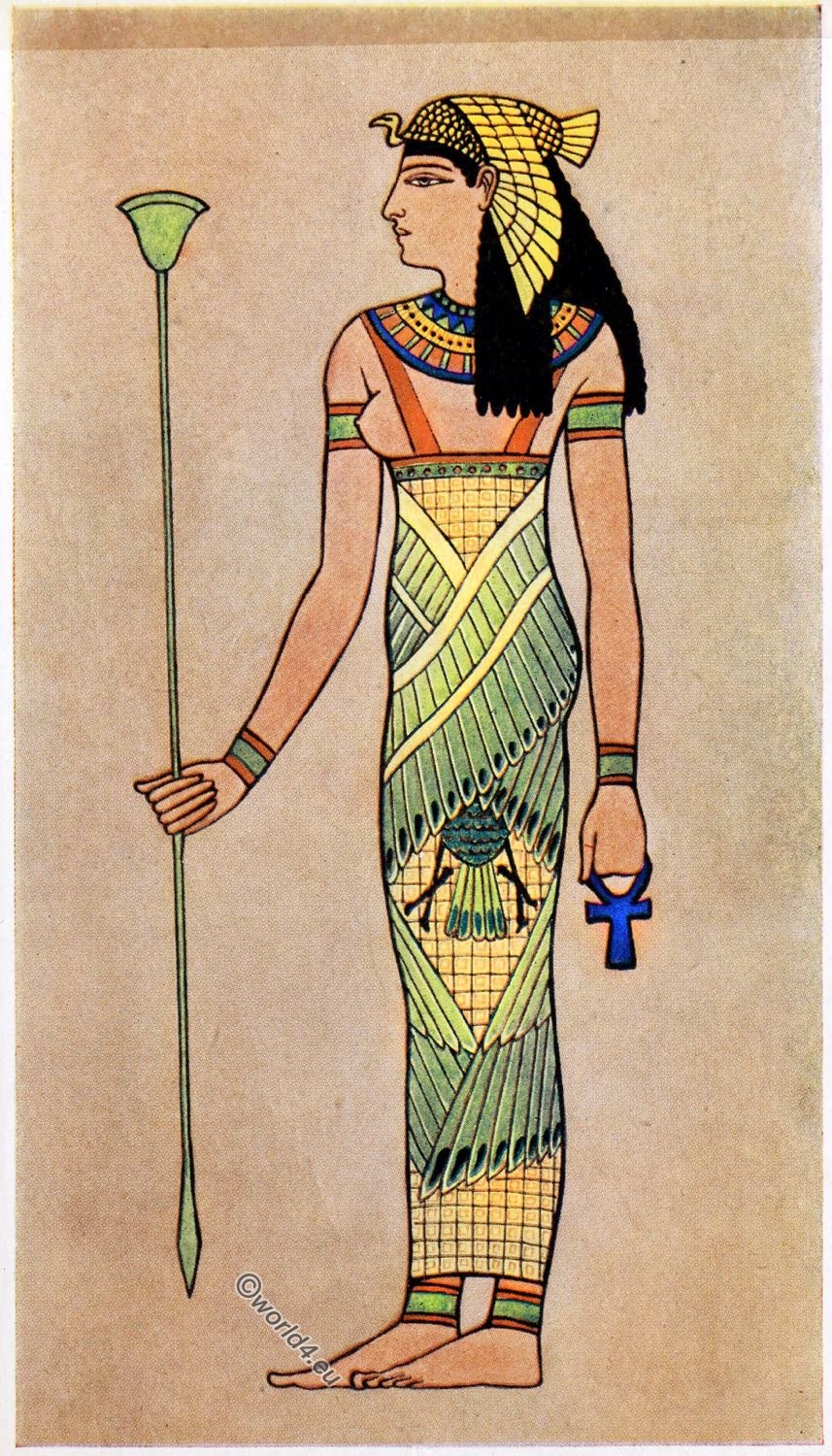Oct
2022
Fashion History🗓

“The color, the shape, and the texture—none of it is accidental. Every item we wear has a glorious (or sometimes not so glorious) history, and that history extends back years—centuries”.
-Tim Gunn
In Egypt and the Roman Empire, where clothing distinguished the wealthy from the poor, the first hints of fashion may be seen. The idea evolves and changes over time, eventually leading to the fashion design we are familiar with today. These were just the start, as the 20th century saw a sea change in society. The general public accepted modern fashion, which had been imposed by the growth of the entertainment industry. The public received fresh ideas thanks to the movies and music. Because of the new synthetic fibers, clothing became more affordable.


Roman and Egyptian Era
The clothing served as a means of displaying a person’s position and wealth. A stola, a long dress worn by women in the Roman era, is strikingly similar to the attire worn now. Men covered their bodies with a sleeved garment known as a toga. Egyptians dressed in linen, a material that was ideal for hot climates. Men wore kilts, whereas upper-class women wore pleated gowns. Whatever their social standing, women wore dresses that reached their ankles.

Middle Ages
Both men’s and women’s attire included buckled ankle-length tunics. Higher class women had necklines and hemlines of the beautiful linen, wool, and even silk garments worn by nobility were frequently adorned with elaborate embroidery and even precious stones. Men might own exquisite jewelry, usually brooches to fasten their cloaks. Most people dressed in undyed wool or linen, hide, or fur from animals that were hunted nearby.

Renaissance
Women wore gowns with longer skirts that hung to their ankles and tight-fitting bodice. Dresses with necklines that exposed a lot of skin were appropriate and stylish. The upper classes wore bulky, heavy clothing that limited their freedom of movement. Lower-class women wore considerably looser clothing to allow for more flexibility of mobility and since they did not have servants to assist them with their attire. A lower-class woman’s choice of clothing would include a corset that is much looser or none at all. A man’s attire would begin with a shirt, comparable to a dress shirt nowadays, but without the collar and cuffs, we are accustomed to seeing. Lace collars and cuffs were occasionally used instead. A doublet, or fitted top, would be worn over this, followed by a jerkin, or tight-fitting jacket. Lower-class men tend to dress casually and comfortably, just like their female counterparts do.

Modern Fashion’s Beginnings
Charles Frederick Worth laid the groundwork for what would eventually become a lucrative vocation in 1826, marking the beginning of fashion design. He was regarded as the world’s first fashion designer as a result of his efforts. Up until that point, attire was seen as a means of displaying one’s status. Nobody thought of it as displaying their individual flair, as is the norm in modern society. This was the turning point that brought about the popular fashion design we are familiar with today. Charles worked as a draper and eventually owned a fashion store in Paris. He was advising his client on what attire complemented their physical features. Design companies began looking for artists who would use their inventive talents to create designs for sewing clothing. Potential buyers were then shown them to gauge their interest. They used to just display the finished items, thus this represented a significant change in the production process.
Work Cited:
Bone, Emily. “A History of Fashion.” Bookworm Hanoi, Usborne, 2017, https://www.bookwormhanoi.com/fashion-china.
no author. “Clothing in Ancient Rome.” Wikipedia, Wikimedia Foundation, 16 Sept. 2022, https://en.wikipedia.org/wiki/Clothing_in_ancient_Rome.
no author. “Ancient Egyptian Costume and Fashion History. Decoration & Coloring.” World4, 22 July 2022, https://world4.eu/ancient-egyptian-costumes/.
no author. “Women of the Middle Ages in Historical Clothes Stock Vector – Illustration of Gown, Female: 60192338.” Dreamstime, Stockfirefly, 2 Oct. 2015, https://www.dreamstime.com/stock-illustration-women-middle-ages-historical-clothes-silhouette-two-young-medieval-dress-costumes-ladies-ancient-clothing-image60192338.
Morgan, Keira. “Clothing French Renaissance Noblewomen.” Keira Morgan, 29 Sept. 2021, https://keiramorgan.com/clothing-french-renaissance-noblewomen/.
no author. “Charles Frederick Worth (1825–1895) and the House of Worth: Essay: The Metropolitan Museum of Art: Heilbrunn Timeline of Art History: Charles Frederick Worth, House of Worth, House of Worth Couture.” Pinterest, 22 Jan. 2015, https://www.pinterest.com/pin/492299802992566000/.
Tomi Olaore
November 14, 2022 at 6:13 pm (2 years ago)Hey Alana it was really nice getting to learn about the history of fashion, and seeing the different styles that they wore during the different eras .